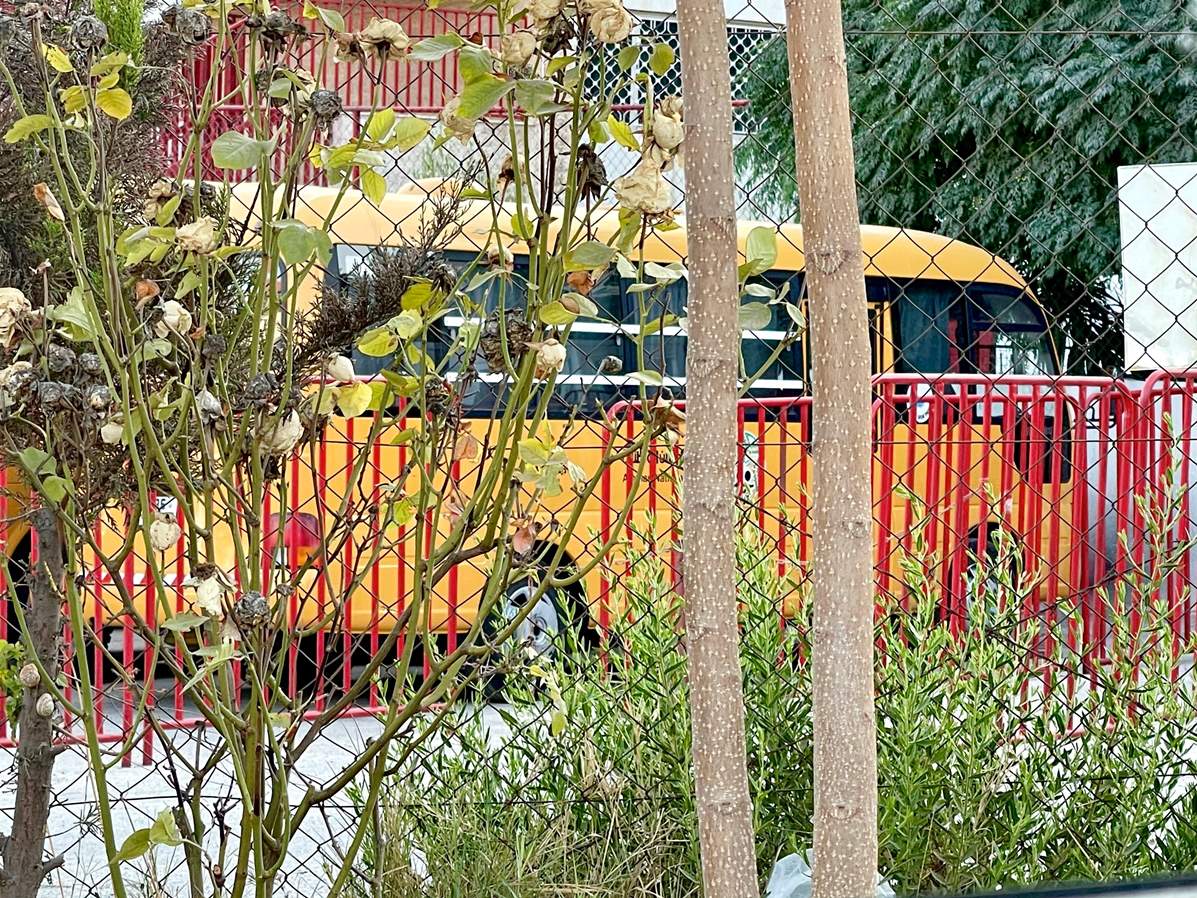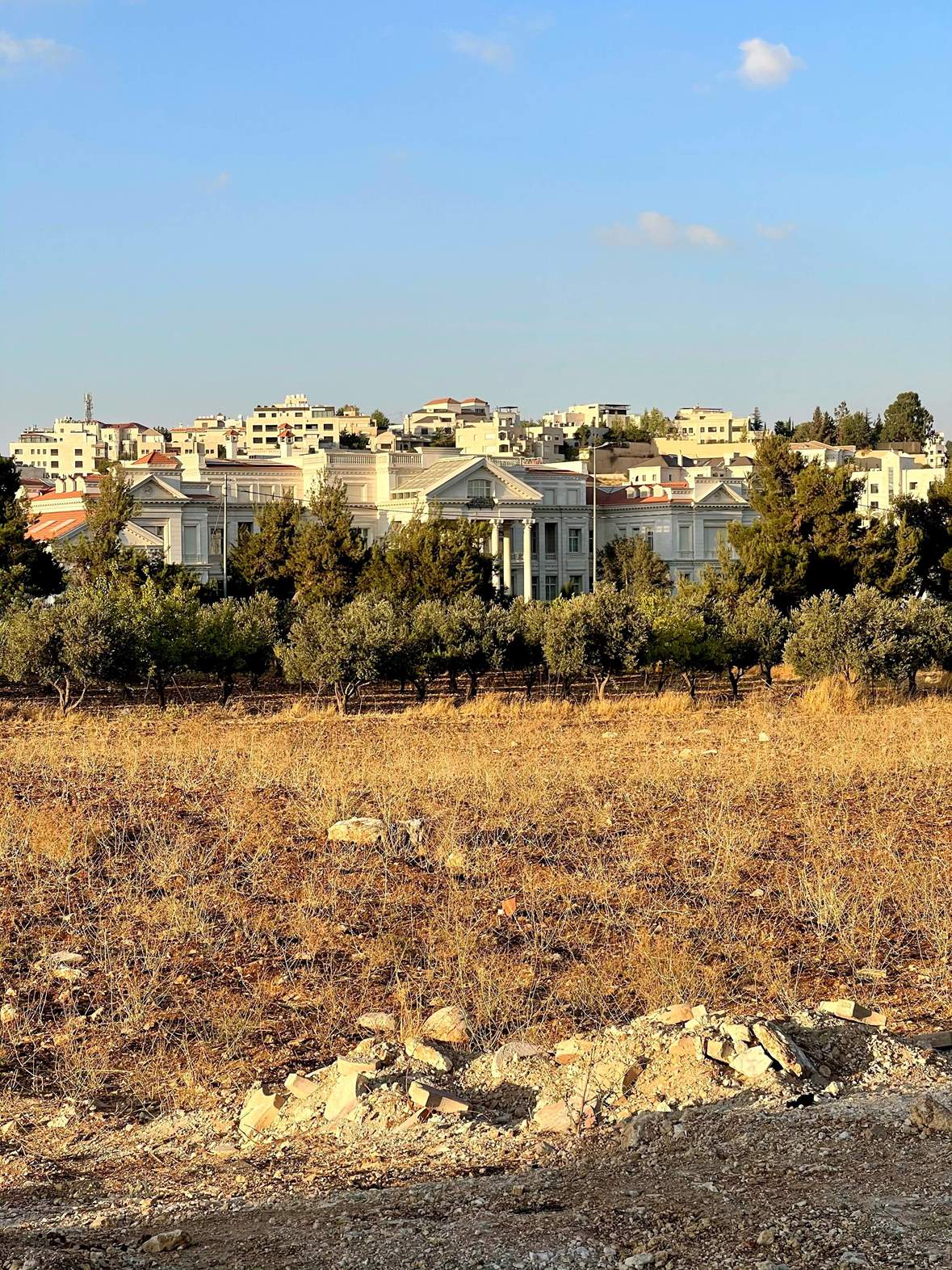AMMAN — if you were to look at a map of Amman, it would be pretty easy to draw a line down the middle creating an effortless geographical division. This line, however, transcends topography and concretely penetrates Amman’s society.
اضافة اعلان
There is a noticeable distinction within the capital, and it's made even more evident with the difference in the quality of life both in the East and West.
On the Hashemite Kingdom of Jordan Ministry of Education's website, a philosophy is laid out stating that on a social basis, "Jordanians are equal in political, social and economic rights and responsibilities and are distinguished only by what they contribute to their society and their belonging to it."
Theoretically, in an ideal world, the philosophy is optimal, but in practice, impossible.
In a National Education Profile of Jordan done by the World Bank in 2018, data showed that one percent of school-aged children are out of school.
The finding also states that "For children of primary school age in Jordan, the biggest disparity can be seen between the poorest and the richest children."
 (Photo: Zaina Zinati/Jordan News)
(Photo: Zaina Zinati/Jordan News)
A 2009 graph by the Education Policy and Data Center shows that gender, urbanicity, and income are decisive factors in determining which children are out of school.
For example, in terms of income, 19 percent of children from the poorest quintile were out of school compared to 6 percent of the wealthiest quintile.
This statistic raises a critical concern because those who have dropped out of school for more than three years cannot re-enroll in the country's formal education system, putting those compromised at an even more significant disadvantage.
"Material differences and standard of living are evident between East Amman and West Amman, but this is very normal for the existence of class differences and within communities, especially in the capital," said Zeyad Daradkheh, Policies Financial Coordinator at Jordan Economic and Social Council, in an interview with Jordan News.
Daradkeh acknowledges that the difference in financial situation between both sides impacts the development of education and the availability and limitations of future employment opportunities as a result.
 (Photo: Zaina Zinati/Jordan News)
(Photo: Zaina Zinati/Jordan News)
"Most residents of East Amman are low-income people, which is reflected in the ability to learn and train to possess skills that help obtain better opportunities to improve the quality of life."
He further details that there could be a reflection on the social and cultural environment and forms of relationships, as there are significant differences in the quality of education provided in East Amman, "Unlike in West Amman, there are private schools that offer and keep pace with all developments in providing education service in the world, which affects the abilities and skills acquired by individuals in those societies and is reflected in their abilities to compete for possible opportunities. Therefore, the difference does affect the opportunities."
The National Committee for Human Resources Development has incorporated reforms to its 2016-2025 Development Strategy.
The aim is to ensure all children have access to quality early childhood learning and development and ensure that children have quality primary and secondary education with effective outcomes by 2025.
In the realm of private schools, the curriculum is aligned with that of the Ministry of Education. Still, each private school is entitled to adopt an international curriculum from outside countries, such as Scholastic Assessment Test (SAT), The International Baccalaureate (IB), and International General Certificate for Secondary Education (IG.)
 (Photo: Zaina Zinati/Jordan News)
(Photo: Zaina Zinati/Jordan News)
"They are provided with tools to help develop their emotional intelligence, which is proven to be an essential skill for future success. We do mindfulness sessions and many more learning activities related to regulating emotions and so on. This is not applicable in public schools," said Jumana, KG 2 team leader and homeroom teacher at a prominent bilingual private school, in an interview with Jordan News.
Jumana attests to education’s role in a child's upbringing, both academically and emotionally, and socially. She establishes that the students benefit from the quality of the education and the incorporation of English into the curriculum. "They are encouraged to learn by putting effort and that mistakes are learning experiences."
English language and content at private schools are heavily concentrated.
Their ethos is to essentially put the student in the center of the learning process.
Both students and parents are actively encouraged to engage in the education process. The parents are given support and provided with workshops to take an active hand in their child's upbringing and education.
"Private schools, in general, have more benefits in terms of the quality of facilities and teachers provided to students in addition to having a wide variety of curriculum designs that has an international perspective," said Jumana.
Infrastructure, quality of education, and overcrowded classrooms in urban districts were also listed as barriers to education in UNICEF'S December 2020 Jordan Country Report On Out-Of-School Children.
 (Photo: Zaina Zinati/Jordan News)
(Photo: Zaina Zinati/Jordan News)
The report cited that "the educational infrastructure is under mounting pressure due to the large increase in the numbers of students, making further investments in both physical and human resources necessary."
While overcrowding is a serious problem in classrooms, the student-teacher ratio at primary schools in Jordan in 2018 averaged at 18.54 students per teacher, according to UNESCO.
This is in comparison to the prior year of an average of 21.04 students per teacher.
Although the statistics do not identify which schools the pupils and teachers are from, it lists poverty as the key indicator, testifying to a possible indicator of lower enrollment or higher student dropouts as previously shown in the World Bank study.
"Indeed, there are stark differences in socio-economic class, attitudes, opportunities, and community culture, but it is not simply a matter of the divide, as one can find pockets of upper-class families in East Amman, as well as pockets of lower-class families in West Amman," said Linda Alkalash, executive director of Tamkeen for legal aid and human rights, in an interview with Jordan News.
Alkalash stresses that it must be clarified that there is no internal social conflict,
But that the difference between poverty levels, "in East and West Amman leads social development activities to focus on East Amman, which includes livelihood programs, vocational training, soft skills training, and awareness sessions,” said Alkalash
East Amman is the focus for development, she stresses, but in keeping with the perception that West Amman is perfect, there is a superficial oversight with poor parts of West Amman. Nevertheless, she agrees that the difference in wealth affects upbringing in education, social interaction, and opportunities.
The culture within the Eastern part of the capital tends to be more orthodox, which hinders female education.
This drawback has consequential repercussions as the lack of schooling inevitably limits a child's opportunities creating a never-ending cycle of poverty and education poverty.
"This creates a trap of poverty, where parents lack education and cannot pass on their education to their children, and as a result, the children cannot provide for their parents when growing up. This creates an inability to escape poverty due to a lack of resources," said Alkalash.
Various NGOs have implemented programs within East Amman and the rest of the country to assess the dilemma of education poverty. The significant differences in quality of education are evident, which in turn affective opportunities presented to those on both sides of the city.
The Ministry of Social Development declined to comment on this topic.
This is the second article in the series, East/West divide: The barriers that separate us.
This spatial segregation and divide between East Amman and West Amman will be addressed in supplementary topics on a weekly series in Jordan News.
Read more National



